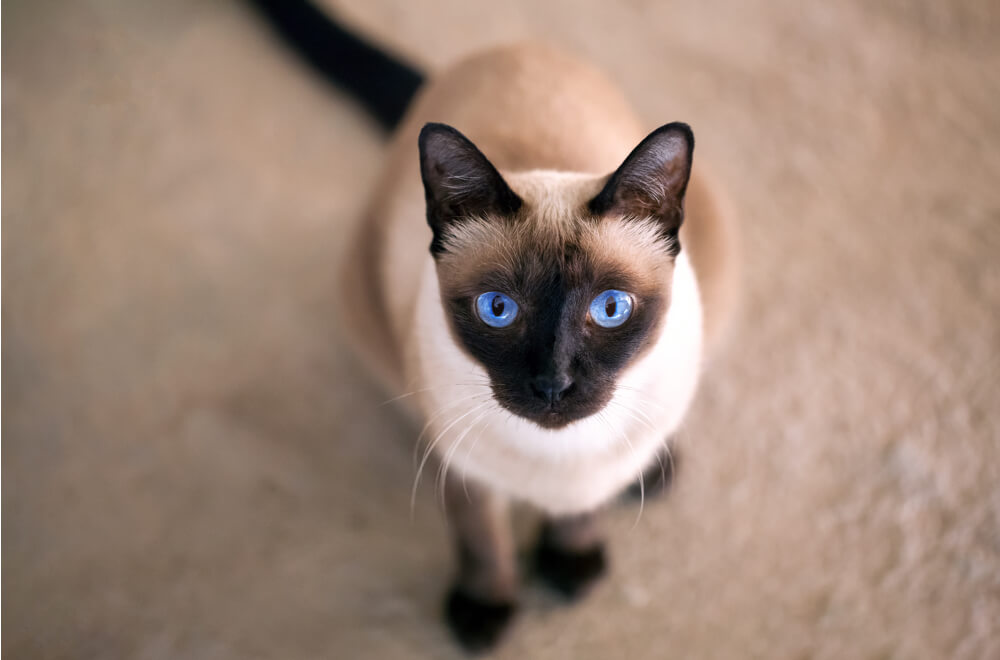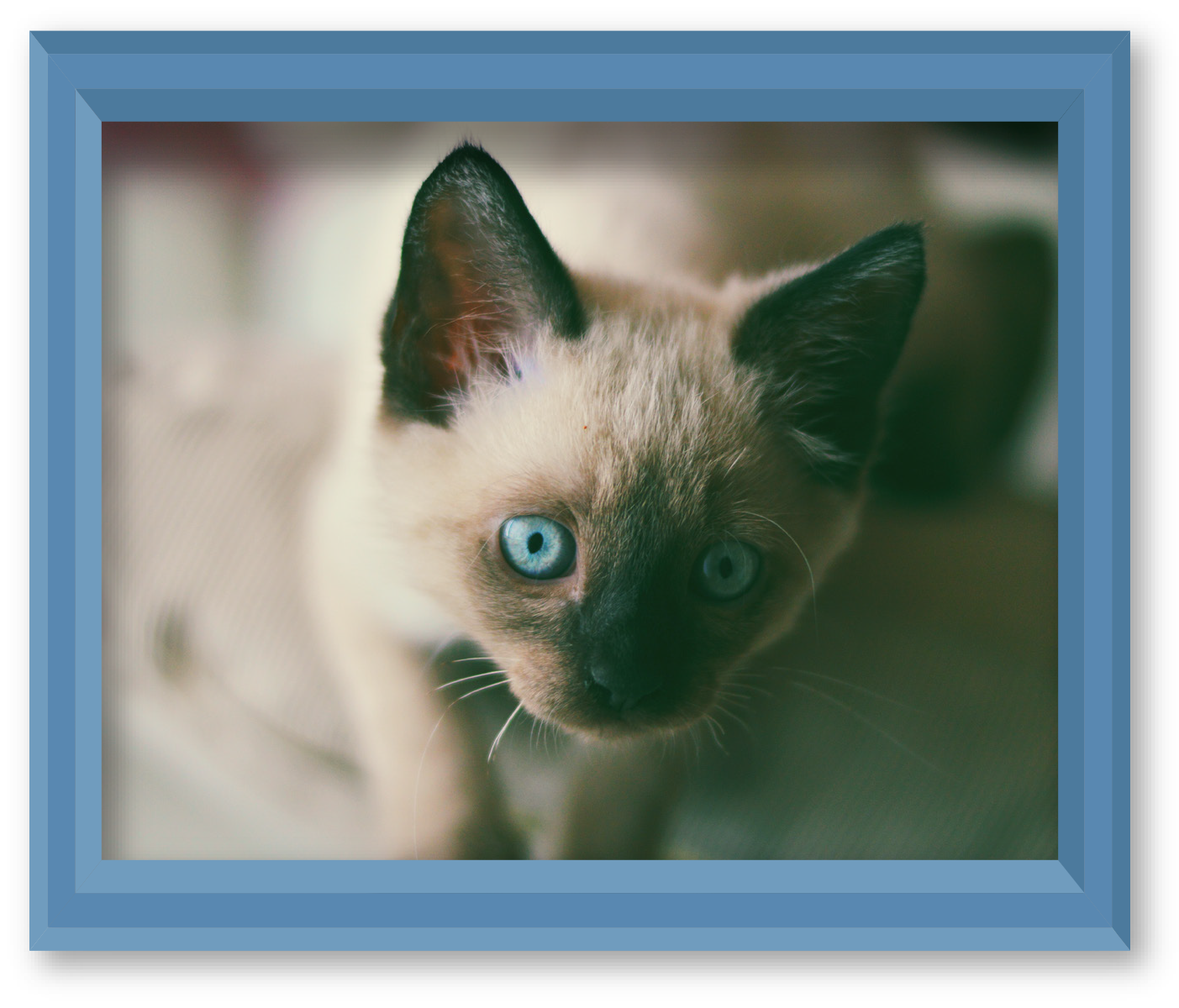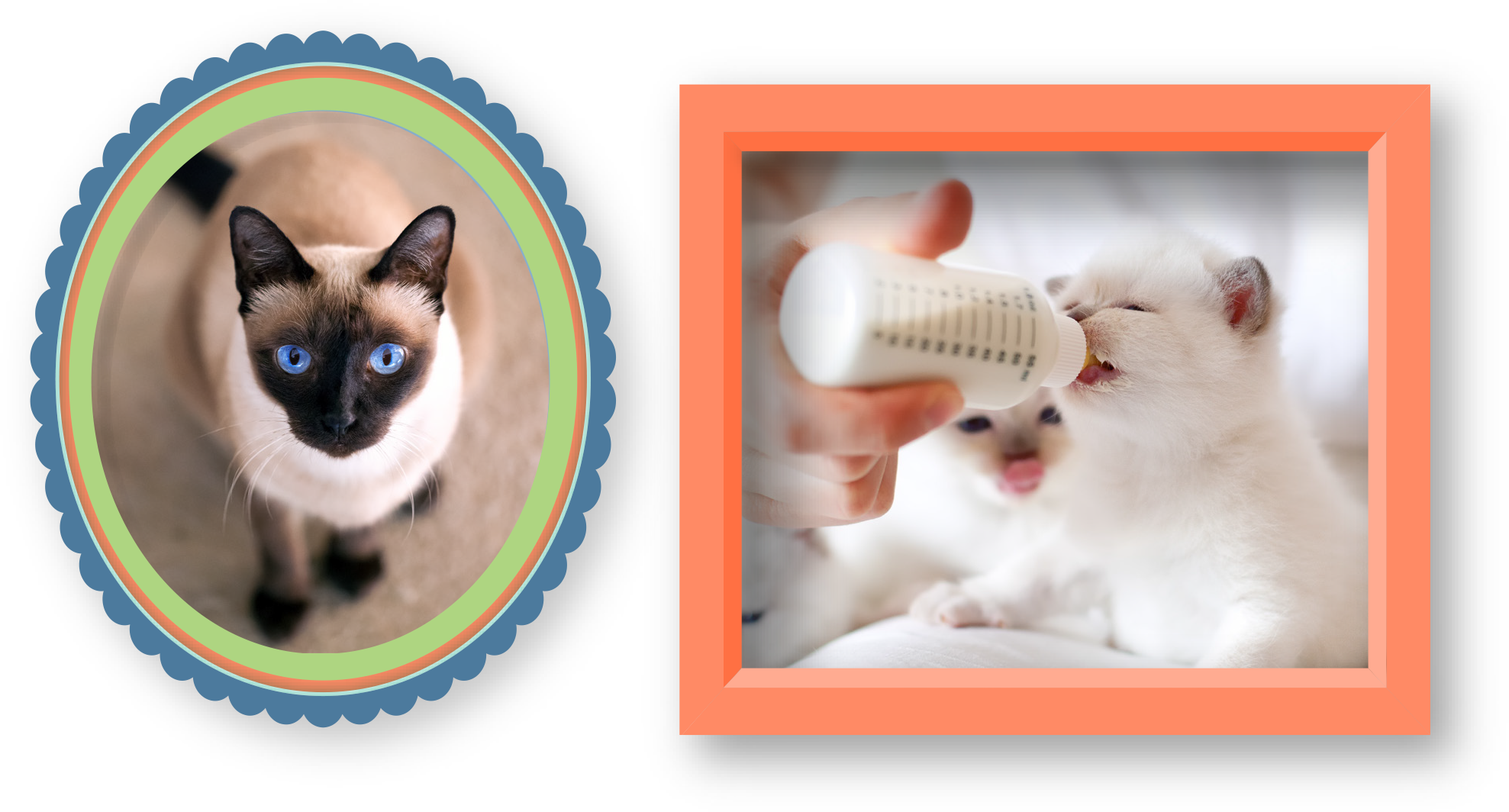
History of pets: Siamese Cat

While a well-known breed, a lesser known fact about the highly intelligent and chatty Siamese cat is that they are born with completely white fur and only begin developing their pointed colouration at about four weeks old.
History of the Siamese Cat
The origin of the Siamese cat has been traced to the Orient, and while there may not be strong historic evidence, it is believed that they originated in tropical Thailand, known then as Siam, sometime around the 14th century. They first appeared in a Thai manuscript called the Tamra Maew, or ‘The Cat Book Poems,’ which gives us an early depiction of the country’s dark-pointed cats. This makes the Siamese is a very old breed, even if we don’t quite know where it came from.
Legend has it this breed was the “temple cat” of the King of Siam. These kitties were not only admired by the king for their beauty but also trusted as guard-cats. The King’s kitties were placed around the throne, perched on top. If anyone threatened his majesty, his cats could pounce on the individual, knocking them to the ground, or so the story goes.

The first Siamese cats to appear in Western Europe in the late 1800’s were a gift from the King of Siam to the English consulate general in Bangkok. The first Siamese cats in western cat fancy societies were named Pho and Mia, a breeding pair brought to England in 1884 by Owen Gould. The kittens from Pho and Mia were exhibited by Gould’s sister at a London show in 1885.
In the late 1890s and early 1900s, Siamese cats eventually made their way to the USA from Britain, France, Japan, and Siam. The Siamese remained rare until after World War II, when they quickly grew in popularity. The cats we know today come in two types: show and traditional.
Siamese Cattitude
These are some cute and clever cats. They can be trained to walk on a leash and learn a variety of tricks, but their intelligence also means they’re very aware of their independence and will tell you (loudly) what they think, most of the time, expecting you to pay close attention. Siamese cats adore their owners and will follow them around closely, observing every move. They’re very much lap cats and at night will probably want to be in bed with you, comfy under the covers.
Siamese are also agile, athletic and love to play. You can keep them stimulated and entertained with puzzle and teaser toys, and big cat trees for climbing. Just be sure to leave them with something to busy themselves with, as boredom can turn to mildly destructive behaviour.
As affectionate cats, they require lots of attention and play time with their owners. A Siamese cat is ideal if you’re the type who looks forward to spending time and interacting with your cat.

Living with a Siamese Cat
Siamese are great jumpers and love heights, so perches and cat trees in the home go down a treat. These cats are also highly sociable and demanding. They hate being left alone for long periods, so if you work during the day, consider getting two of them so they can keep each other company. They love people of all ages, including children, and get along just fine with dogs and other cats.
While their coat needs little care, Siamese tend to associate brushing with affection and really enjoy being groomed. The short coat of the Siamese is easy to groom so you can comb him weekly. Something to look out for though is periodontal disease. You can brush their teeth with a vet-approved pet-friendly toothpaste, and go for regular veterinary dental cleanings.
If a talkative, intelligent pal who’s always keen to hangout and gets along with people of all ages, as well as other pets, then this is the breed for you. Consider adopting a Siamese with the help of this Facebook group dedicated to networking and finding homes for Siamese and Siamese crosses in South Africa, or find a reputable breeder near you.






















